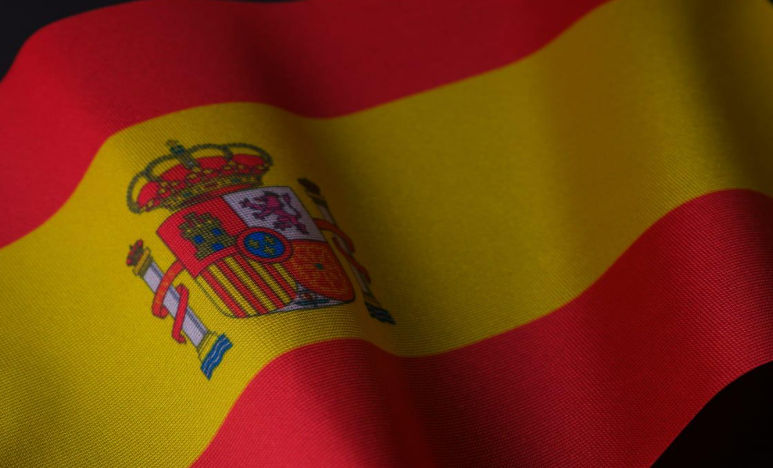Getting to Know the Spanish Culture
Spanish culture is a dynamic blend of history, tradition, and modernity.
01-05-2025To love the art of language is to recognise its beauty, power, and purpose.
Language is one of humanity’s greatest gifts, an invisible thread that weaves people, cultures, and generations together. To love the art of language is to appreciate its profound ability to convey emotions, ideas, and experiences in ways that transcend mere words. Language, like visual or musical art, possesses its unique aesthetics, symbolism, and power to connect people across time and space. From the rhythmic cadence of poetry to the precise manner of technical writing, language is an art form that has captivated humans for centuries. In this article, we'll explore the beauty of language, its power to connect us, and the joy of embracing its artistry.
Words have the power to heal, inspire, motivate, unite, and transform. A single sentence can comfort a grieving heart, ignite a revolution, put a smile on a sad face, and open a door to understanding. From the poetry of Shakespeare to the proverbs of African elders, language carries the wisdom of centuries. Every syllable we speak or write reflects a world of thought, emotion, and experience.
Loving language means respecting its roots and learning how it shapes identity, connecting individuals to their community. Whether it's Yoruba, French, Spanish, Mandarin, or sign language, every tongue is a vessel of beauty and dignity. Multilingualism, too, becomes an act of love, an appreciation for the diversity and interconnectedness of the human family.
Language is a canvas for creativity. Writers paint stories with metaphors, musicians sculpt emotion through lyrics, and speakers build bridges with carefully chosen words. To master a language is to become an artist, selecting, shaping, and arranging words not just for meaning, but for impact. A well-told story, a stirring speech, or a tender poem can move people more deeply than any other art form.
Loving language also means loving the journey of learning. It requires patience, curiosity, and humility. Every new word is a discovery; every rule broken or mastered is a step toward fluency. Grammar, pronunciation, and vocabulary are not chores, but keys to new doors, paths to friendship, literature, travel, and deeper understanding.
In a world often divided by borders and beliefs, language remains a common thread. Even in its differences, it shows how similar we are. We all laugh, cry, hope, and dream, and we all use language to share those experiences. Loving the art of language is a quiet rebellion against misunderstanding, a bold celebration of connection.
To love the art of language is to recognise its beauty, power, and purpose. It’s to speak not just to be heard, but to be understood. It’s to write not just for clarity, but for connection. Language is more than communication; it is communion. And in learning to love it, we learn to love each other more deeply.
Spread the Knowledge! 🚀
Found this article useful? Click the Share button below and let others benefit too!

Spanish culture is a dynamic blend of history, tradition, and modernity.
01-05-2025
Canada's immigration department (IRCC) held another large draw on November 28, 2025, inviting people to apply for permanent residency.
09-12-2025
As of this draw, out of the 2025 ITAs issued, candidates in the French-language proficiency category have received 36,000 of them.
30-10-2025